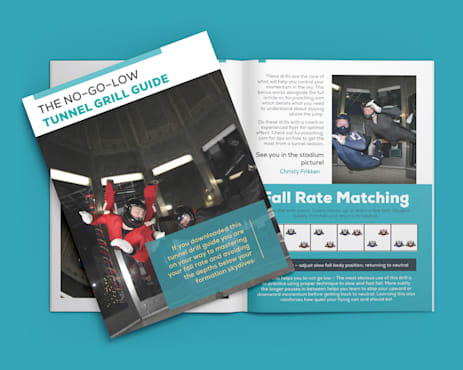2019 USPA Nationals Intermediate Exit Analysis
Monday, October 26, 2020

Just launch a bow! The most common advice for intermediate teams. Was this strategy confirmed at the 2019 USPA Nationals?
The Teams
I looked at the top five teams in intermediate. I noted the exit formation and timed every dive to the key of the first point (attempted or scored).
| Rank | ID | Team Name | 1 | 2 | 3 | 4 | 5 | 6 | 7 | 8 | 9 | 10 | TB1 | TOT | AVG |
| 1 | 4223 | Platinum XP | 13 | 11 | 11 | 22 | 11 | 15 | 12 | 9 | 14 | 15 | 133 | 13.30 | |
| 2 | 4220 | Stockholm Syndrome | 14 | 10 | 11 | 16 | 11 | 13 | 10 | 6 | 12 | 12 | 115 | 11.50 | |
| 3 | 4202 | Carolina Ice XP | 11 | 9 | 6 | 21 | 9 | 13 | 11 | 7 | 14 | 13 | 114 | 11.40 | |
| 4 | 4205 | Spaceland Toxic | 12 | 8 | 10 | 17 | 10 | 13 | 10 | 8 | 12 | 12 | 112 | 11.20 | |
| 5 | 4228 | SDC Rheology XP | 13 | 9 | 7 | 19 | 8 | 11 | 11 | 9 | 12 | 10 | 109 | 10.90 |
- Top Five Teams (omniskore.com)
Of the five top-five, two teams launched strictly H’s (H is the code for a bow). One exited a single P and the remainder Hs, the fourth took out a P and a 19, and the second-place team launched five different options (B, P, E, H, 11).
| Team | Exit Launches |
| Platinum XP | H (10) |
| Stockholm Syndrome | B (2), E (2), H (3), P (1), 11 (2) |
| Carolina Ice XP | H (9), 19 (1) |
| Spaceland Toxic | H (10) |
| SDC Rheology XP | H (9), P (1) |
The first and second place team gives a nice contrast since both groups had different plans.
Did Launching Other Stuff Save Time?
Absolutely! The second-place team, Stockholm Syndrome, was successful at launching each point. If we ignore the dives where both teams launched an H (Round 5, 6, and 10), Platinum’s total time to the first key was 26.4 seconds and Stockholm’s time was 19 seconds. Stockholm Syndrome had an edge of 7.4 seconds!
We can use the total average to guesstimate how many points that may have translated into. The averages are different, so I will use the higher of the two. Platinum XP was scoring an average of a point every 2.6 seconds. That was a theoretical edge of 3 points for Stockholm Syndrome’s diverse exit plan.
BUT.

You know there is always a catch, right? On three of Stockholm’s unique exits, there were video busts. Alternative launches are harder to film correctly and have a higher risk of video infringements. Infractions happened on three of the exits and lost Stockholm a total of six points. The three gained from executing non-bow exits were lost back due to video.
Two takeaways
Launching Just an H
Launching a bow exclusively is an excellent strategy for competitive intermediate teams. The winning team did lose a few points from intact launches – but the gap was modest.
If the race was tighter, could it make a difference in placing? Maybe. What the team gained in extra practice on the same exit through their season combined with confidence may have led to them going faster in general. It is a significant edge to be standing in the door frame for round 1 knowing you have your exit locked down.
Note the five teams I looked at all had solid exits – no funnels. For teams that were not in the upper ranks, the cost of a funnel is severe enough to warrant only launching a single formation each time. If a non-bow exit is close to sketchy it will tip the scales strongly towards a bow-only plan.
Your videographer is part of the team
The video person is part of the team. Their performance – strengths and weaknesses – should be considered when you devise a game plan. If you choose to launch other exits, don’t just look for the team’s errors and funnels – watch your to see your video person can consistently get you in the frame.
If there is a launch they are struggling with, take it off the table (or get them more practice opportunities). You might be able to launch a fancy intact monopod, but it does no good if your video guy misses the first four points!
Launching only a bow at Nationals for intermediate teams is an excellent strategy. There is an edge for adding a couple exits, but it can disappear quickly with a video bust or a funnel. Carefully consider the numbers before adding other launches!
Related Articles
How to Exit a Bow
Exit Principles
Top Five Exits to Start





